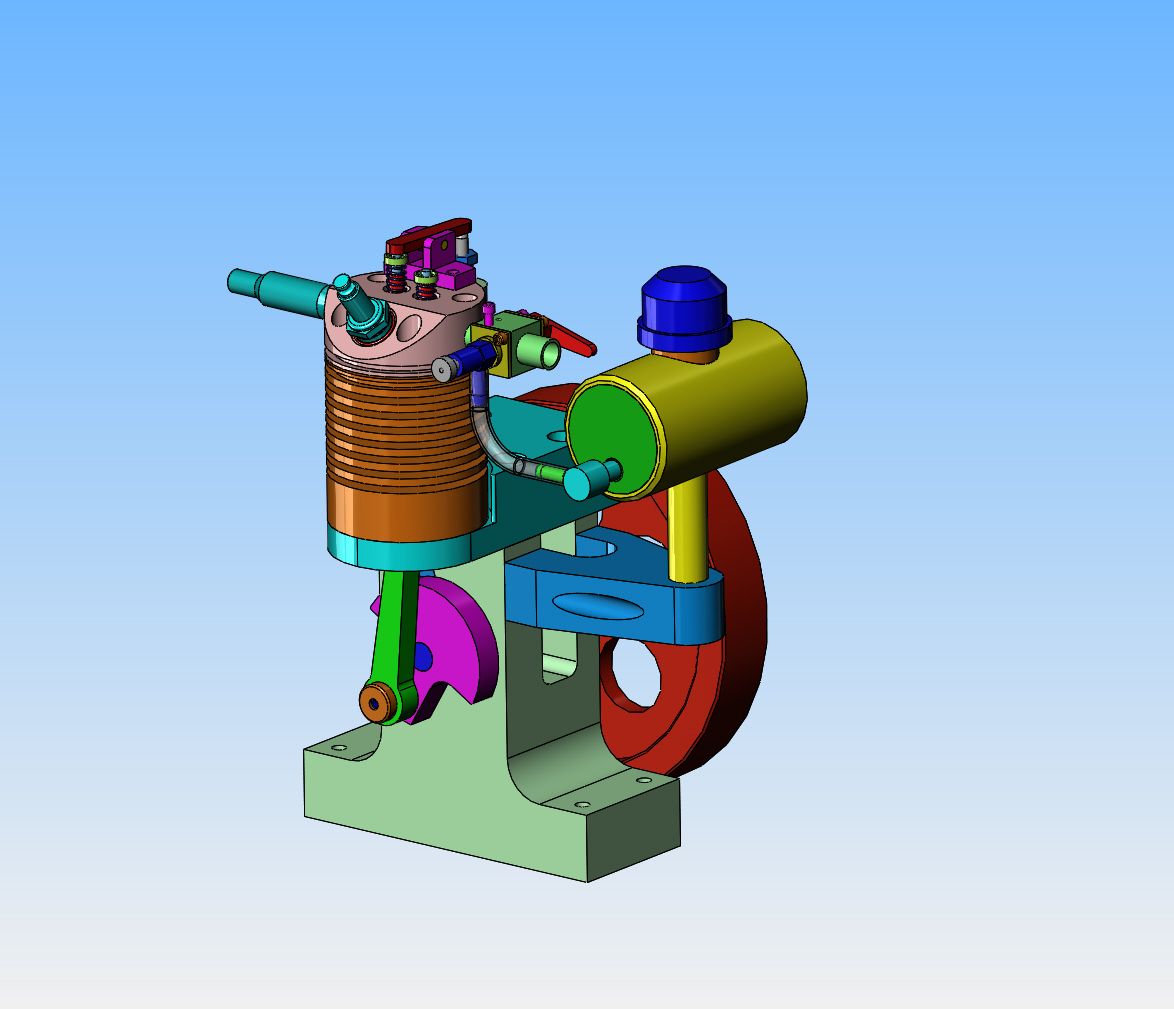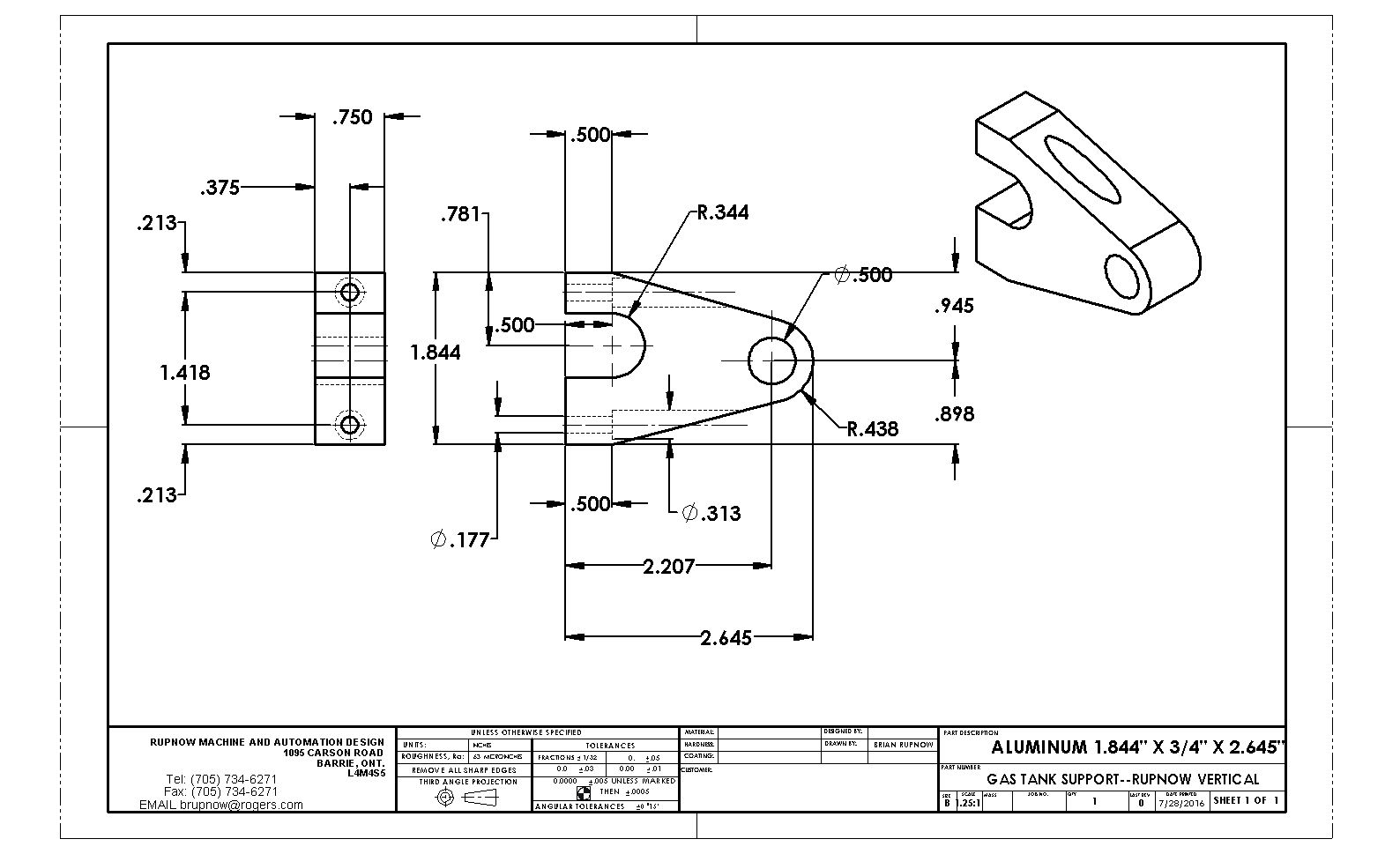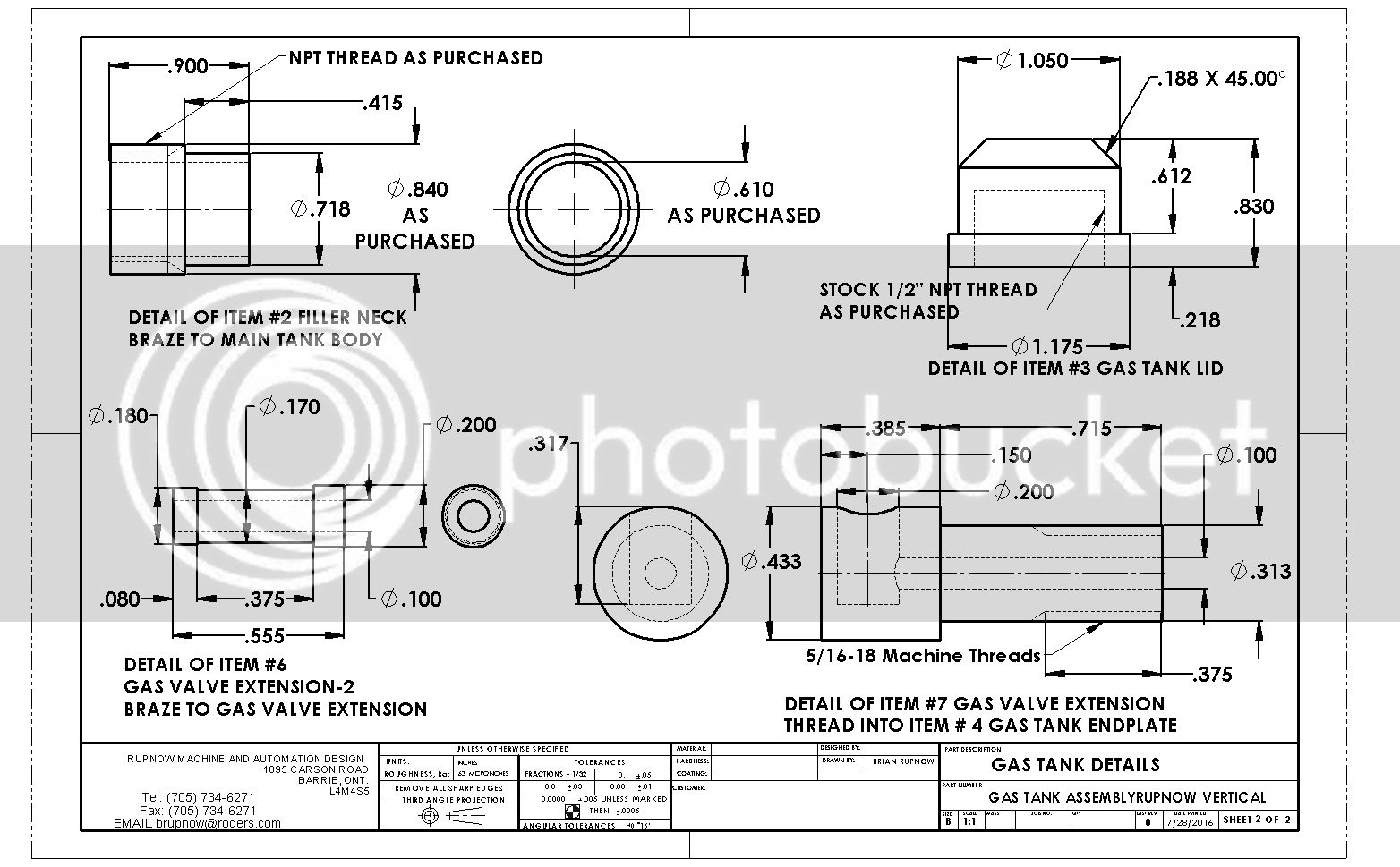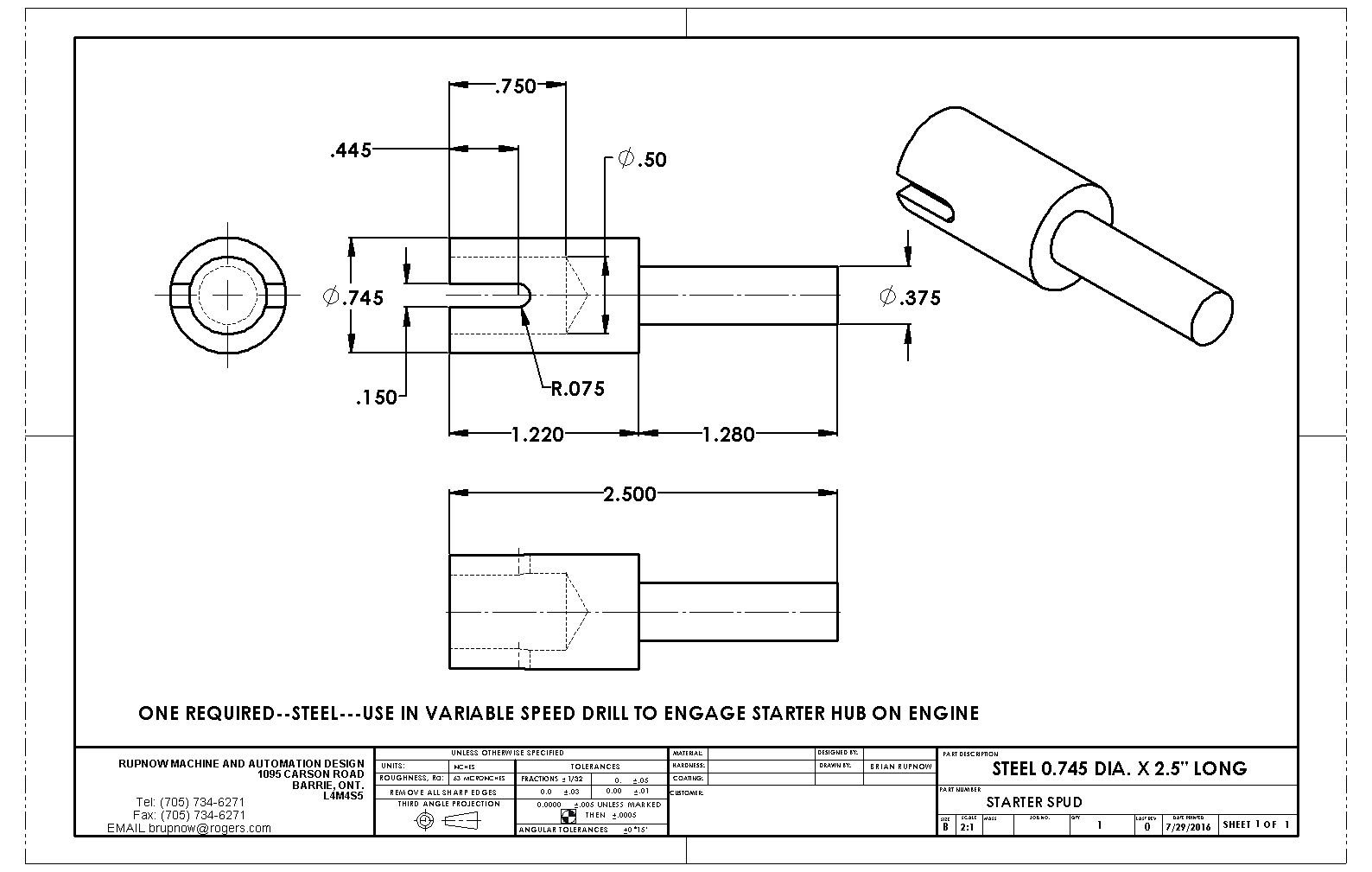The engine is timed, both ignition timing and valve timing. BIG BIG HINT--Ignition timing is very easy to do with the cylinder head off and the flywheel off. Loosen the set screw on the ignition cam. Turn the engine over clockwise when looking at the flywheel side until the piston is at top dead center. (the flywheel is off, so you will be turning the crankshaft from the con-rod end.)Turn the ignition cam clockwise by itself until the flat side is against the ignition points rubbing block. At that time the points should be fully closed. Now just turn the ignition cam clockwise by itself until the points open.(This will happen very suddenly--it's not a gradual thing.) At the point where they open, tighten the set-screw on the ignition cam. Now turn the flywheel back and forth a bit and watch the points. What you want is for the points to spring open at the very time the piston reaches top dead center. There is a bit of leeway there, but aim for it happening right at top dead center. After the engine is running we can dabble about with advanced or retarded ignition. Since the ignition cam is on the crankshaft we will get a spark every time the piston is at top dead center. The spark that occurs on the exhaust stroke can be ignored---there isn't anything to burn anyways.
Put the flywheel back on, but leave the cylinder head off. Turn the flywheel clockwise (when looking at the flywheel side of the engine) until the piston leaves top dead center and begins to go down in the cylinder. Use a Vernier caliper to determine when it is exactly 1.3" from the top of the cylinder to the top of the piston. At that measurement, the crankshaft will be exactly 50 degrees before bottom dead center. Loosen the set screws on the crankshaft gear, and without letting the crankshaft turn, turn the crankshaft gear clockwise (same as the flywheel direction) until the cam gear (which will revolve in the opposite direction) just begins to cause an upwards movement in the pushrod. This is hard to see, and is best done while holding a finger so it is touching the end of the pushrod and the top of the guide at the same time.--You will feel it when the pushrod begins to move upwards, under the influence of the cam.) Lock the crankshaft gear set screws at this point. Use a magic marker to put a line on the flywheel in line with one of the corners on the frame, for a visual reference. Now, turn the flywheel clockwise while holding the pushrod down with your finger. On one revolution of the flywheel(which corresponds with the intake and compression stroke) the pushrod won't move. On the next revolution, (Which corresponds with the power and exhaust stroke) the pushrod should begin to move upwards when the "witness mark" on the flywheel lines up with the corner of the frame. This may take some major screwing about. Again, there is a bit of leeway here, but keep it as close as you can. And--if you see that the pushrod hasn't fully retracted at the beginning of the intake stroke, don't worry---the exhaust valve stays open about 20 degrees into the intake stroke.
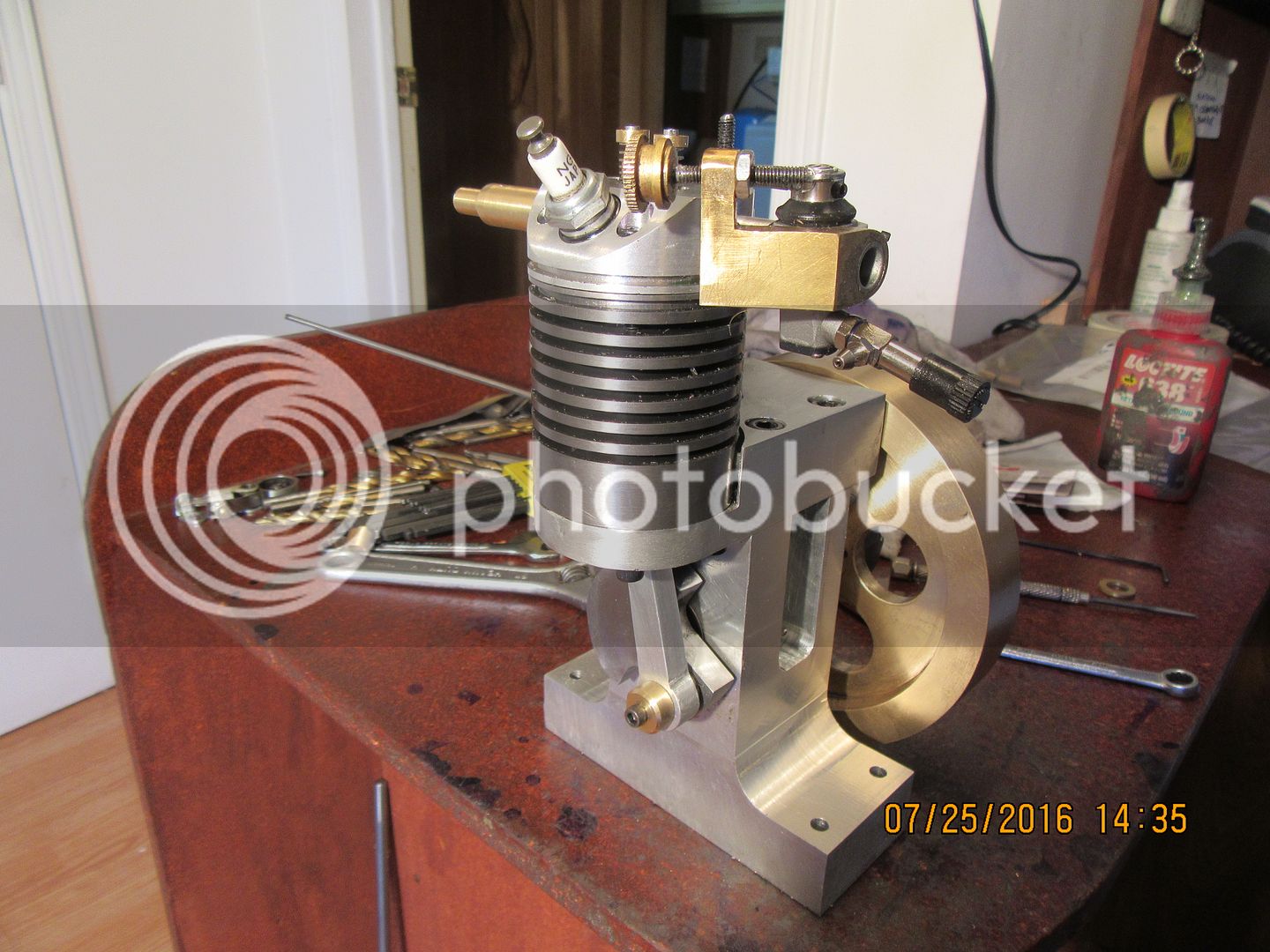
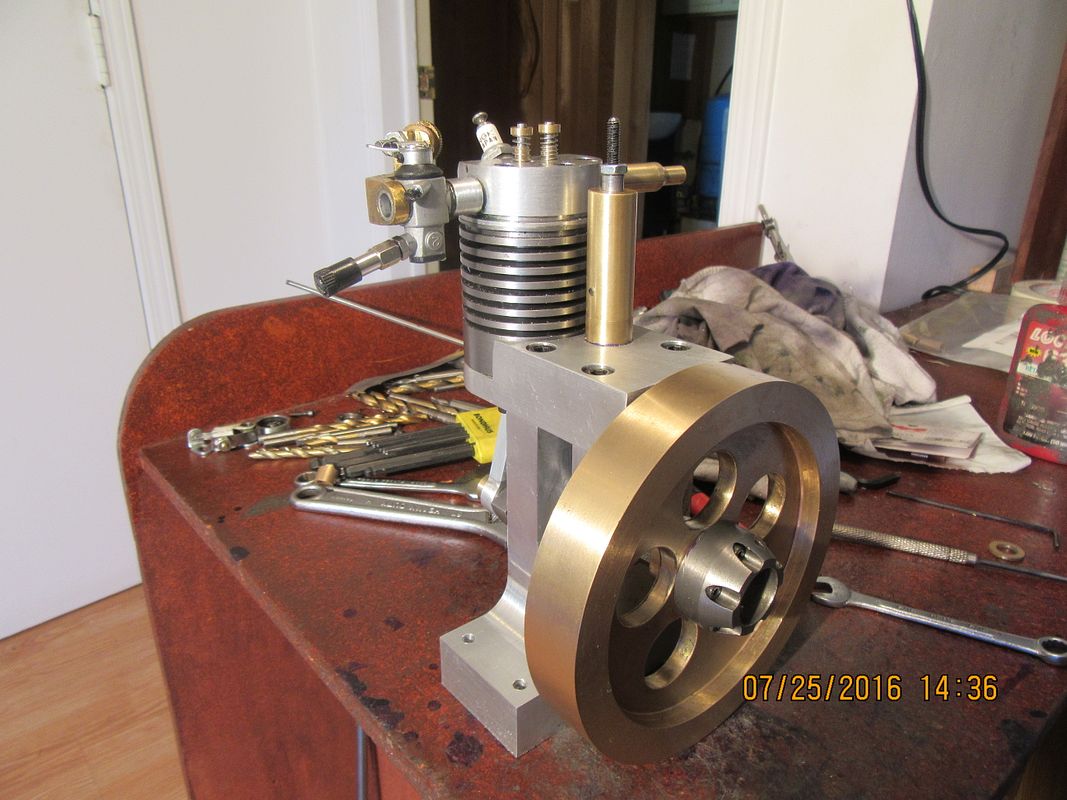









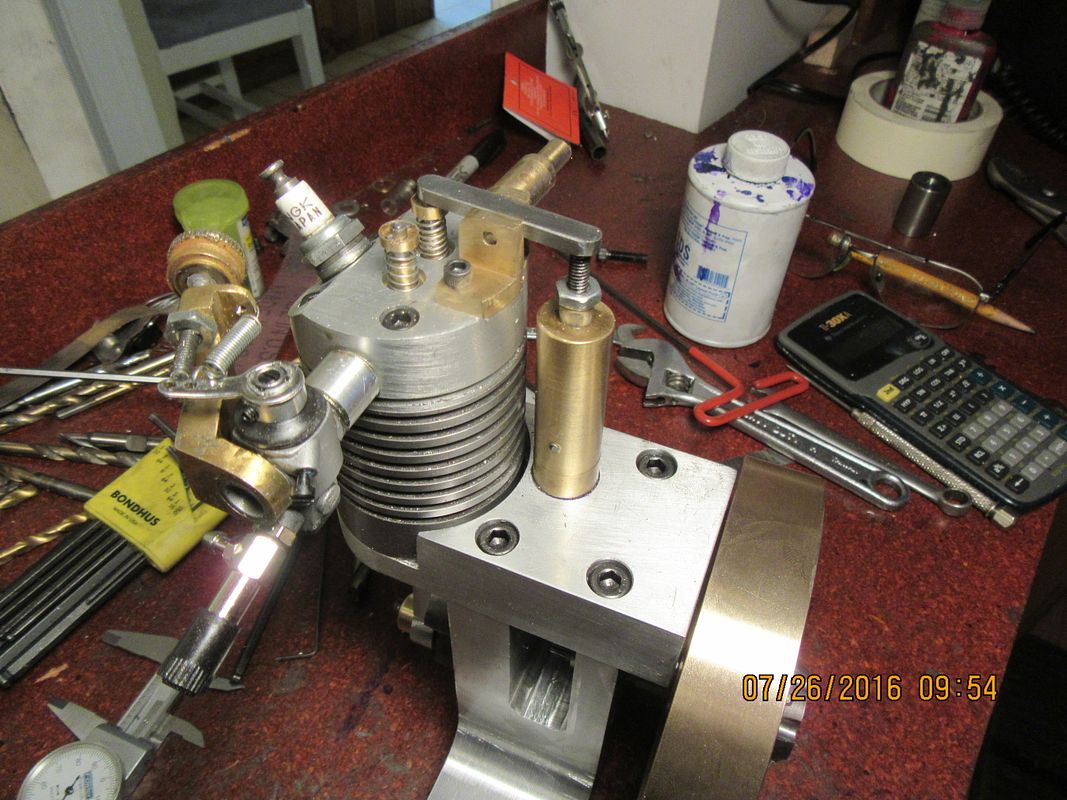








































![MeshMagic 3D Free 3D Modeling Software [Download]](https://m.media-amazon.com/images/I/B1U+p8ewjGS._SL500_.png)















![DreamPlan Home Design and Landscaping Software Free for Windows [PC Download]](https://m.media-amazon.com/images/I/51kvZH2dVLL._SL500_.jpg)

